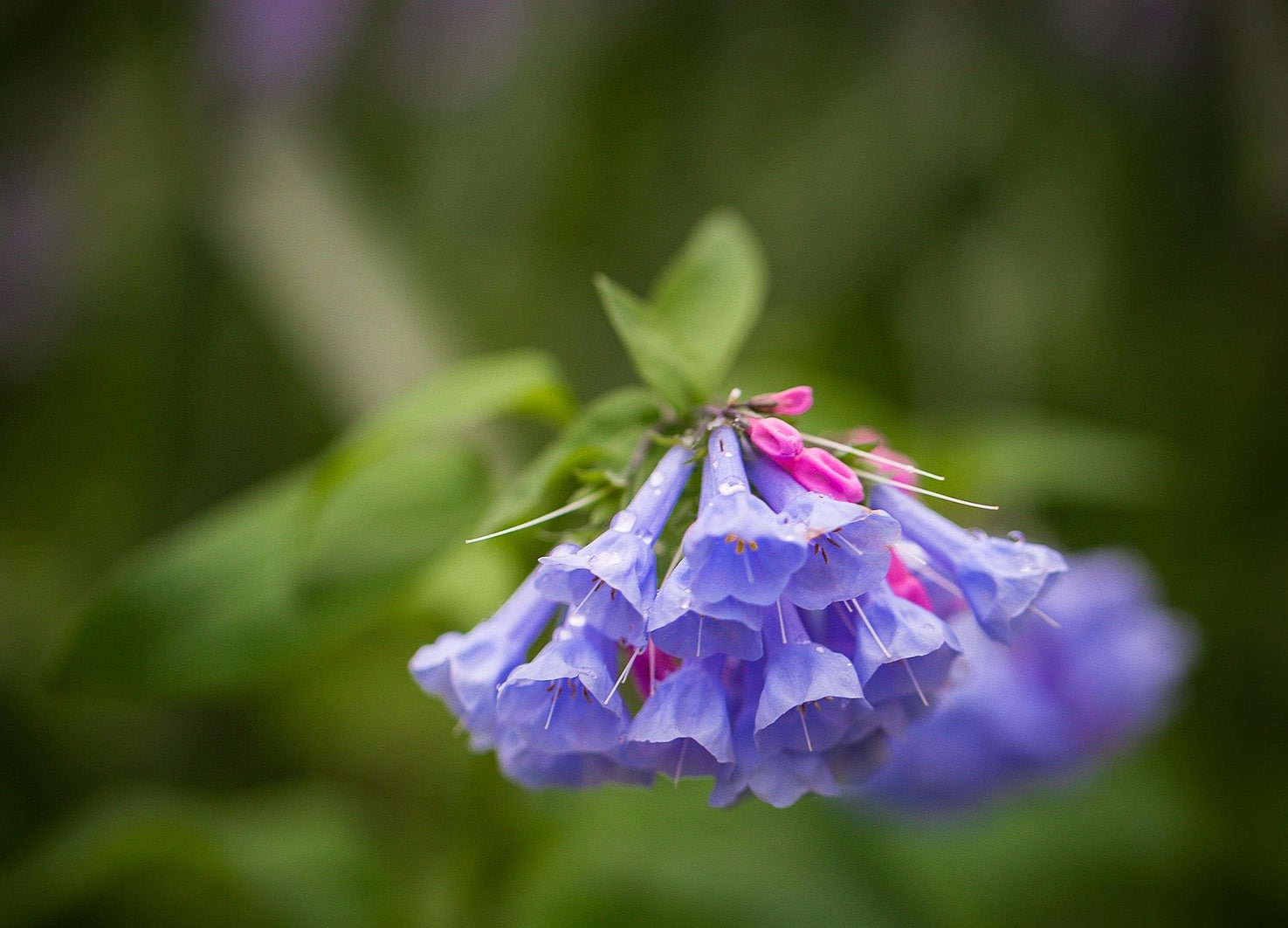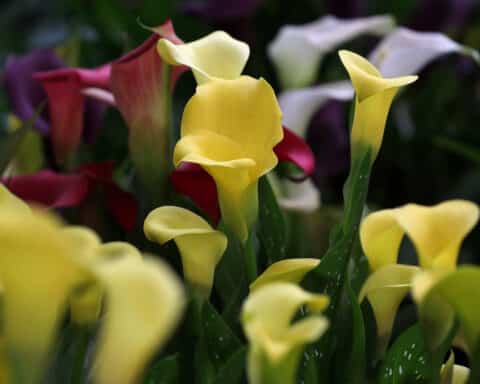The word Rosary comes from the Latin word “rosarium,” meaning “rose garden.” In the mid-1500s, “rosaire” came to mean “a garden of prayers,” from the medieval concept of compiling a collection of items, which could include flowers, into bouquets. This apparently originated in the late 1400s with the printing of a prayer book, “Hortulus Animae,” that literally meant “little garden of the soul.” Creating a “bouquet” of prayers eventually led to a string of knots or beads to track one’s praying. It was during the 15th century that the Rosary evolved into its present form.
In this and the following months I will be offering a five-part series on creating a Rosary garden for your home or parish; each month I present a group of Rosary mysteries, list a companion plant for each meditation, and conclude this series in May with instructions on how to build your Rosary garden, one step at a time.
For a smaller Marian-themed garden, you may decide that rather than create a four-part Rosary garden, a plant or two from each mystery is sufficient to represent the Rosary.
With so many plants relevant to Christian symbology, I must narrow my suggestions to only one plant per meditation, which will be quite a fun challenge. You may know of other plants that will fit just as well within the theme, and more suitable for your USDA Hardiness Zone.
Let us begin with the Joyful Mysteries:
The Annunciation
Mary’s humility: the violet’s symbolism is humility and perseverance.
Legend has it that the violet was in bloom outside the Virgin Mary’s window when she gave the Archangel Gabriel her fiat to God’s plan of the Incarnation. As the angel left, the story goes, he stopped to bless the tiny flowers that Mary loved, bestowing upon them a delicate sweet fragrance as a reminder of the sweetness of Mary’s humility.
The humility of the “Viola odorata” shows in its lowness; it blooms amid more prominent species. Saints and scholars alike have written that the sturdy diminutive Viola was a clear example of Mary’s unassuming beauty and her humility before God’s plan as she persevered with their son to his death.
The Visitation
Charity: the bluebell denotes gratitude. Elizabeth’s humble recognition of Mary’s role in God’s plan inspired her young cousin to blossom into the Magnificat in thanksgiving.
The bluebell (“Scilla bifolia“) flower is associated with the humility with which Our Lady showed her constancy in faith. Because of this plant’s prolific nature, it reflects an earlier translation of the Canticle of Mary, “My soul magnifies the Lord” (Lk 1:46), and her gratitude in the second half of the verse, “my spirit rejoices in God my savior.”
To avoid bluebell invasiveness, depending on where you live, use the spring-blooming and less prolific Virginia bluebells, “Mertensia virginica.”
The Nativity of Jesus
Love of God: the oxeye daisy, in the Christian tradition, is considered a guide to salvation.
A sweet legend is told that by night the three Wise Men were guided by the star, but as the sun rose the star’s brightness diminished. The Magi found during their morning travels that a small white flower grew in such a way so as to create a bordered path in the direction of the star.
The brilliant white diminutive daisy was the day-star guiding them to the baby Jesus.
The Presentation in the Temple
Sacrifice: the juniper tree is symbolic, here.
The juniper has a strong identity in Catholic history and legend as it is considered both a symbol of God’s strength and glory, and the scars suffered for the sake of his glory. The thorny branches allude to the crown of thorns and are artfully depicted in many Nativity and presentation scenes, and in depictions of the Madonna with child.
The Finding in the Temple
Witnessing: the amazingly prolific petunia that tolerates the most adverse conditions symbolizes hope, watchfulness and promise.
The introduction of the petunia into Europe took place during the Renaissance. The artists of that period, the Old Masters, would often include the petunia in still-life works to indicate anticipation — a watchfulness in life, looking forward to what waits in eternity. As witnesses to the Word of God, we, too, speak with eager anticipation of the eternity taught by Jesus.
Choose blues for Mary’s mantle, reds and magentas for her Immaculate Heart, white for purity, or yellows (which are also used for the fifth Glorious Mystery) for her crown as Queen of Heaven.
In February I will offer plants for the Luminous Mysteries.





